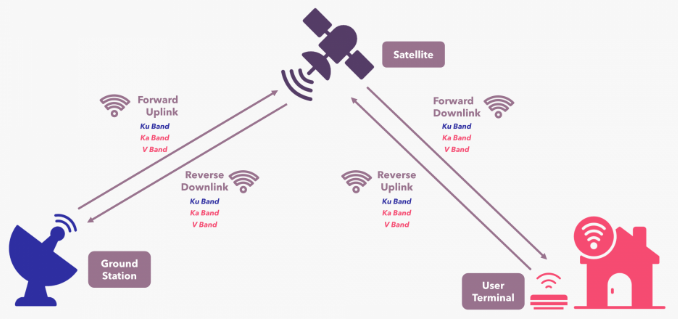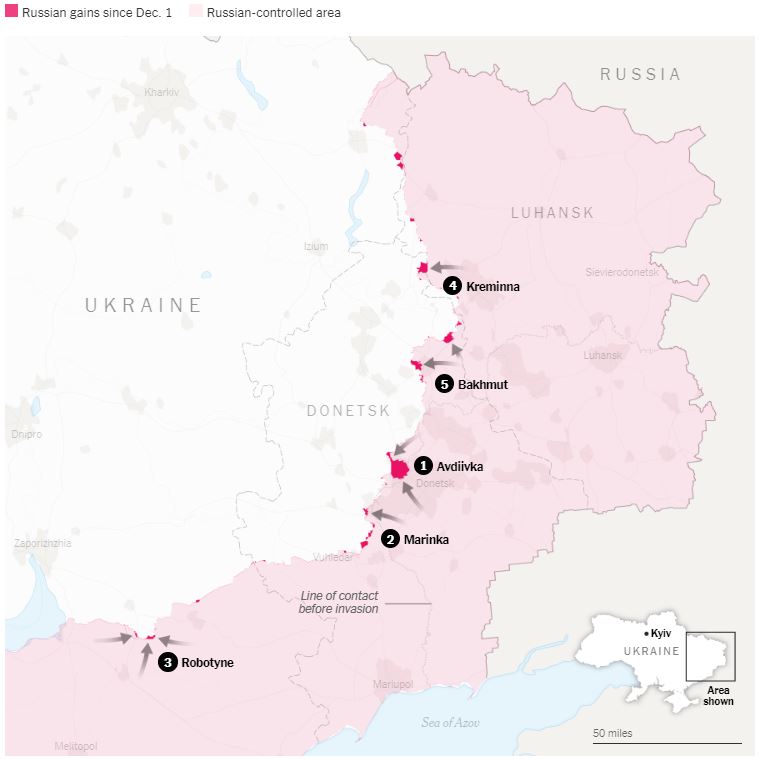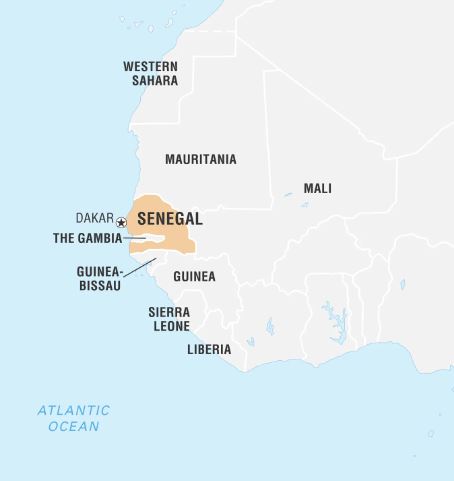Santali Language
Recently, a book ‘10 Indian Languages and How They Came to Be’ was published that traced the evolution, transformation and development of Santali language.
- It is the predominant language of the Santals.
- Native speakers – Majority of its speakers are spread across 4 states with about 44% in Jharkhand followed by West Bengal, Odisha and Bihar.
- Besides India, they are also found in Nepal and Bangladesh.
- 2011 Census – It recorded about 7.3 million speakers, an increase from 6.4 million of 2001 Census.
- Family – Austro-Asiatic language.
- Literature –The 1st attempts to write were made in the 19th century with scripts like Bangla, Devanagari, Odia and Roman.
- Jeremiah Phillips, an American missionary, devised a writing system for Santali using the Bangla script.
- Ol Chiki (Alchiki) script – It was devised by Pandit Raghunath Murmu (Guru Gomke) in 1925 which used signs and symbols from their environment like hills, rivers, trees, plough, and sickle.
- Recognition – It was included in the 8th Schedule in 2003 and is an additional official language in Jharkhand and West Bengal.
Santal is India’s largest tribal community and are also refereed as Santoor.
|
Santhal Rebellion/ Hul rebellion
|
- Time period – June 1855 and January 1856.
- Damin-i-koh – It is a region in Rajmahal hills where Santals were relocated by British from 1790s up until 1810 to practice agriculture.
- Cause – Entry of outsiders and exploitation of Santhal.
- It began as a reaction against the moneylenders and merchants and eventually became a full-fledged war against the British.
- Led by – The brothers Sidhu and Kanhu Murmu.
- Course of war – The superior firepower of the British forces overwhelmed natives and close to 20,000 Santals perished.
- Sidhu and Kanhu were captured and executed.
- Consequences – Nevertheless, the British introduced Santhal Parganas Tenancy Act in 1876, offering protection.
|
Reference
Down To Earth| Evolution and Development of Santali
Coffee Varieties in India
A recent study in the journal ‘Nature Communications, reported that genetically cultivated Arabica coffees offer better brews.
- Coffee – A health drink particularly when mixed with hot milk.
- Growing conditions
- Hot and humid climate, Temperature 15°C to 28°C, and Rainfall 150 to 250 cm.
- Well-drained loamy soils, fertile volcanic red earth, and presence of humus and minerals (iron, calcium).
- Origin – It came from Ethiopia, where they called it qahve.
- Development in India – Arab traders introduced this with coffee plantations in South India and Sri Lanka.
- A Sufi, Baba Budan, grew coffee plants around Chikamagaluru, Karnataka.
- Coffee varieties in India
|
|
Arabica
|
Robusta
|
|
Name origin
|
Arab traders traded qahve to Europe
|
A disease resistant variety from West Africa.
|
|
Cultivation
|
At high altitudes
|
In lower reaches
|
|
Caffeine
|
About 1.2% to 1.5%
|
About 2.2% to 2.7%
|
|
Strength
|
Lesser Acidic bean and greater aroma.
|
Higher chlorogenic acid acts as a shield against pests.
|
|
Limitations
|
More susceptible to pests and diseases.
|
Lesser flavours than Arabica
|
|
In India
|
About 70% of the coffee-growing regions
|
About 30% of India's coffee production.
|
|
Best in India
|
Grown in Coorg, Araku Valley, Chikmagalur and Bababudangiris
|
Wayanaad Robusta Coffee
|
- Chicory coffee – It is made from minced and roasted chicory root which is an herb native to Europe and Asia.
- India is the 3rd largest producer of chicory which is grown in far Eastern states (Assam, Meghalaya, Sikkim).
- It has lower content of caffeine.
Caffeine is a molecule that stimulates the central nervous system.
Kumbakonam Degree Coffee is famous because of its pure Arabica variety without usage of Chicory. Kumbakonam is a city in Tamil Nadu.
References
The Hindu| Best Coffee in India
Rheumatoid Arthritis (RA)
A recent study published in ‘The Lancet’ proposed to repurpose an existing drug to treat rheumatoid arthritis and as to prevent it.
- It is a chronic, autoimmune condition, causing inflammation around the body and commonly presents with pain in the joints.
- It often occurs in a symmetrical pattern, meaning that if one knee has the condition, the other knee is also often affected.
- Causes – It is unknown yet, but there is probability of genetic condition.
- Risk factors – Smoking, obesity and exposure to air pollution.
- Women and older people have a higher risk of developing RA.
- Symptoms – A patient experiences pain, swelling of joints and loss of function and mobility as a result of stiffness.
- Fatigue, occasional fevers, and a loss of appetite and may also affect heart, lungs, blood nerves, eyes and skin.
- Prevention and control – Reducing exposure to inhaled silica, dusts and occupational risks.
- Lifestyle changes like prevention of smoking, healthy nutrition, physical activity and maintaining normal BMI.
- Treatment - It is not curable.
- If diagnosed timely, symptoms and disease progression can be controlled with pharmacological treatment, and optimal functioning can be maintained through rehabilitation.
- In cases with severe joint damage, surgical procedures, including joint replacement, may help to restore movement or manage pain.
- Medicines – It is used to reduce inflammation, pain and swelling
- Non-steroidal anti-inflammatory drugs (NSAIDs)
- Glucocorticoids
- Disease-modifying anti-rheumatic drugs (DMARDs)
- Biological agents.
According to World Health Organisation, about 18 million people worldwide were living with rheumatoid arthritis in 2019. About 70% of people living with rheumatoid arthritis are women, and 55% are older than 55 years.
References
- The Hindu| Preventing the Onset of Rheumatoid Arthritis
- WHO| Rheumatoid Arthritis
GSLV - The Naughty Boy
Recently, ISRO has launched a new-generation meteorological satellite, INSAT-3DS by GSLV-F14 rocket.
- GSLV – Geosynchronous Satellite Launch Vehicle, formerly known as GSLV-MkII.
- Features – It is a 3 stage vehicle.
- It uses cryogenic engine at the 3rd stage, indigenously developed by reverse-engineering a Russian design.
- Payload – It can carry more than 2,200 kg to geostationary orbits, and over 6,000 kg to the low earth orbits.
3 main rockets used by ISRO for carrying its satellites are GSLV, PSLV and LVM3 (earlier called GSLV-MkIII).
- The Naughty Boy – It is named so, during its initial days for its inconsistent performance.
- It has had a very high failure rate for any rocket used by ISRO.
- Before this launch, it had failed 4 times among the 15 launches.
- It’s most recent failure was in August 2021, while carrying an earth observation satellite EOS-03 into space.
PSLV, which has used the maximum number of times by ISRO has failed only twice in its 60 launches while the LVM3 rocket has flown 7 times and never failed.
- Reason for failure – It is mainly due to the cryogenic engine.
- Using both Hydrogen and Oxygen as a fuel is possible only in liquid state to keep them stable.
- Liquefaction is possible only at very low temperatures.
- Oxygen liquifies at -183 degree Celsius and Hydrogen at -253 degree Celsius
Quick Facts
- INSAT-3DS – It will augment 2 existing meteorological satellites, INSAT-3D and INSAT-3DR.
- It will monitor the Earth’s surface, atmosphere, oceans and environment to boost India’s weather & climate prediction services, early warnings, and disaster management services.
- Cryogenics - A science relating to the behaviour of materials at very low temperatures.
- Missile Technology Control Regime – It is an international legal framework meant to stop the proliferation of missile technology.
- NISAR – An earth observation satellite NASA-ISRO Synthetic Aperture Radar (NISAR) is a 1st of its kind collaboration between ISRO and NASA.
References
- The Indian Express| Successful launch of ‘GSLV -The Naughty Boy’
- ISRO| Cryogenic Engine
Starlink
The Starlink, low-Earth orbit (LEO) broadband service has played a crucial role in assisting Ukraine’s armed forces when Russia invaded Ukraine in 2022.
- It is a constellation of many satellites that orbit the Earth, at about 550km, and cover the entire globe.
- It is a satellite internet network, the world’s 1st and largest satellite constellation which was launched in 2019.
Satellite broadband technology is also known as satellite telephony, a satellite communication technology using satellite constellations in the Low Earth Orbit (LEO). StarLink, Kuiper and OneWeb are some of the forerunners in this technology.
- Operated by – SpaceX, an American aerospace company.
- Coverage – Over 70 countries
- Objective – To provide high-speed internet coverage to every part of the world and to provide global mobile phone service after 2023.
- It plans to deploy a total of 12,000 satellites in the short-term, and another 30,000 in the long-term.
As on February 16, 2024, SpaceX has 5,459 Starlink satellites in orbit, out of 5,850 launched.
- Features – Less mass, more compact, autonomous collision avoidance with single solar array that simplifies the system.
- Working – It involves beaming internet data via radio signals through the vacuum of space.
- Ground stations then broadcast those signals to orbiting satellites, which relay the data back to Earth-side users.

- Advantages – Higher coverage, speed with low latency.
- Disadvantages - Light pollution of night sky, interference with other radio signals and increases the probability of space collisions.
- Role in Russia-Ukraine War – It delivered high-speed Internet supporting streaming and video calls.
- It provide strategic advantage to the military by connecting defence forces to uninterrupted, secure communication channels and helping them deploy state-of-the-art weapon systems.
Reference
The Hindu| Starlink usage in Russia-Ukraine War
|
Other Important Topics
|
|
World's Highest Railway Bridge
|
|
PM Narendra Modi will inaugurate in Jammu, the world's highest single arch railway bridge which is said to be higher than the Eiffel Tower.
- It is being built across River Chenab and acts as a crucial link between Katra to Banihal.
- The bridge is part of Indian Railways’ Udhampur-Srinagar-Baramulla Railway Link (USBRL) project which aims to boost connectivity in Jammu and Kashmir.
|
|
Misinformation Combat Alliance (MCA)
|
|
MCA and Meta have jointly announced a dedicated fact-checking helpline on WhatsApp to combat deepfakes and deceptive AI-generated content.
- The MCA is a cross industry collaborative effort bringing companies, organisations, institutions, industry associations and entities together.
- It currently has 16 members including fact-checking organisations, media outlets, and civic tech.
|
|
Neem Summit
|
|
The Neem Summit is being organized by collaboration with lCAR-Central Agroforestry Research Institute, Jhansi in New Delhi.
- The World Neem Organisation (WNO) is hosting the WNO Neem Summit in New Delhi, India.
- This summit serves as a key platform for experts and enthusiasts to explore neem's diverse applications and contributions to sustainable practices.
- Theme - Neem for sustainable Agriculture, health and Environment.
|
|
Aspides Mission
|
|
European Union launches Aspides, a non-military mission to protect cargo ships in Red Sea from Houthi attacks.
- Aspides, the mission will be run out of Larissa in central Greece.
- Larissa is home to the Hellenic Air Force and a NATO headquarters.
- The mission will work under the command of Greek Commodore Vasilios Griparis.
|
|
INYAS
|
|
Indian National Young Academy of Science (INYAS) organised its 9th Annual general Body Meeting.
- INYAS was founded by Indian National Science Academy (INSA) in December 2014 with a vision to promote Science education and networking among Young Scientists.
- INYAS is the only recognised academy of young scientists in India.
|
|
Avdiivka
|
|
Russian forces captured the longtime Ukrainian stronghold of Avdiivka.
- Avdiivka is a city in Ukraine in the industrial Donbas region, north of the Russian-occupied city of Donetsk.
- Avdiivka is also called Avdeyevka.

|
|
Sora
|
|
Open AI has built an artificial intelligence (AI) model that can create near flawless one-minute-long videos based on text prompt.
- This model is built on the foundation of transformer architecture, similar to large language models like ChatGPT.
- It can create images and videos with near-accuracy on a given subject.
- It can construct a video from an image and also fill gaps in existing video clips.
|
|
ASEAN-India Trade in Goods Agreement (AITIGA)
|
|
The 3rd meeting of AITIGA was hosted by India.
- Delegates from ASEAN countries viz. Brunei, Cambodia, Indonesia, Lao PDR, Malaysia, Myanmar, Philippines, Singapore, Thailand & Vietnam participated in the meeting.
- The AITIGA was signed in Bangkok in 2009 and entered into force in 2010.
- The agreement paved the way for the creation of one of the world’s largest free trade areas.
|
|
Molai Forest
|
|
Molai Forest is a 550 hectare forest single-handedly created by a visionary creator, Jadav.
- Molai forests are named after its visionary creator, Jadav Molai Payeng.
- The forest stands as a verdant sanctuary in Assam's Majuli district.
|
|
Senegal
|
|
Senegal’s legacy as the only coup-free West African nation is hanging by a thread.
- The region today known as Senegal was long a part of the ancient Ghana and Djolof kingdoms and an important node on trans-Saharan caravan routes.
- The country is located at the westernmost point of the continent.
- Senegal is known as the Gateway to Africa.
- The country lies at an ecological boundary where semiarid grassland, oceanfront, and tropical rainforest converge.
- Senegal is part of the Sahel region.

|
